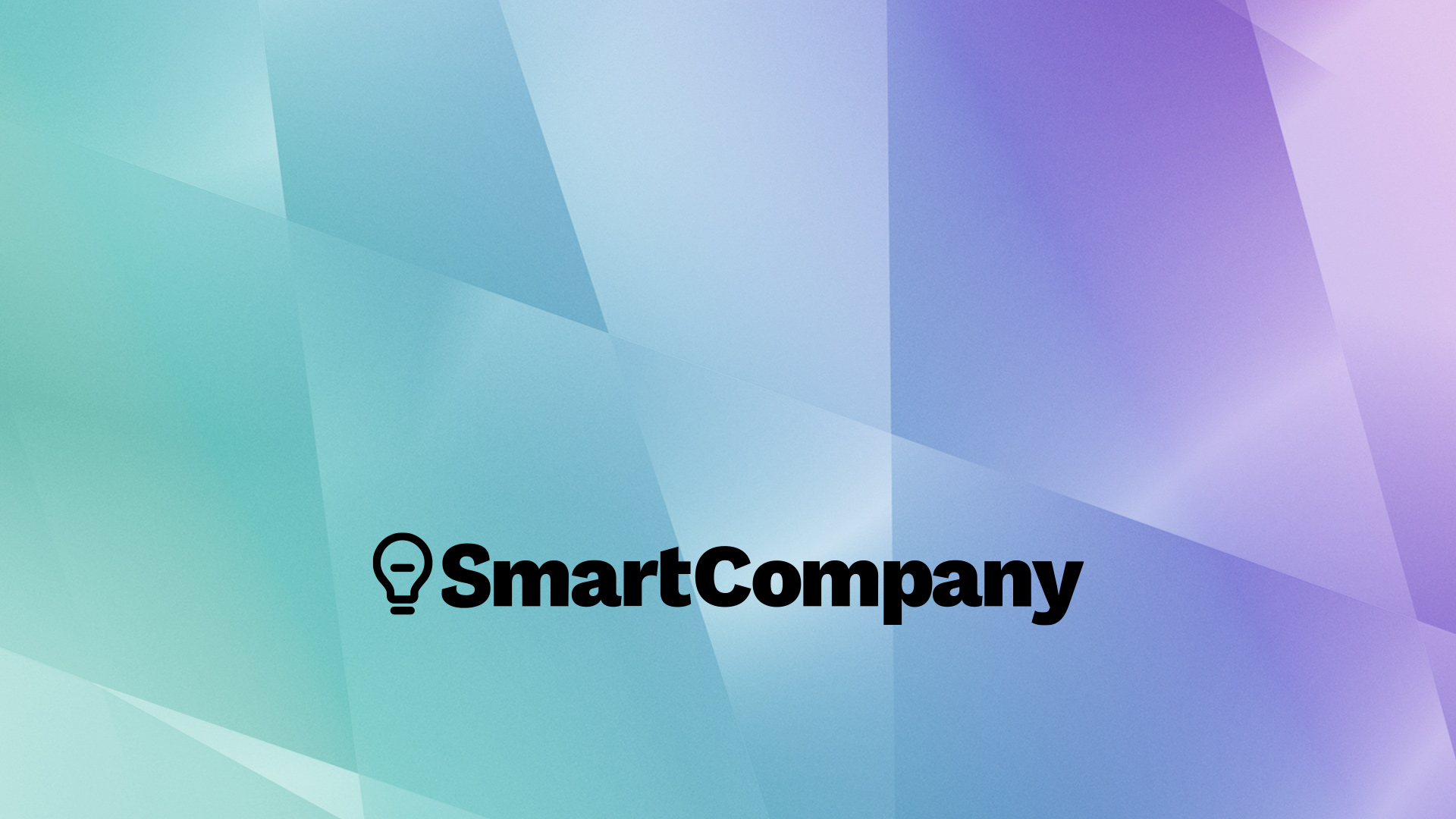Traditional marketing has concentrated on consumers often from the ages 25 to 54, but it turns out the emerging generation, Gen Z, possess power even beyond their years. An emerging consumer segment that organisations are falling over themselves to engage with, the source of their power is multiple. For Mark McCrindle, director of McCrindle Research, understanding the influence of this demographic can easily be broken down by brands by recognising the use of new technologies and social media.
Demographic Power:
Gen Z’s economic power not only comes from their own spend, but more importantly their parents purchasing decisions and their influence over this. Whilst Gen Y are the most materially endowed generation in history, holding whole new spending categories compared to previous generations, such as technology, entertainment and holidays, Gen Z influence the decisions of their parents in these areas that traditionally were adult decisions – the family car, entertainment technology, and even the family home. Gen Z are more connected through technology globally than any other previous generation and often are more informed on purchasing trends, product options and prices than even their parents.
Technological Power:
Gen Z’s immense use of technology means they drive many trends in this area. Through the use of social media to their online shopping literacy, the world of online commerce and trading in online currency, it is Gen Z that is driving these trends.
Cultural Power:
Previously, society looked up to older generations for experience, advice and influence. We are now placed in an era where it often is the youngest people who drive the early adoption trends and are across emerging fashion, entertainment and pop culture shifts ahead of the older generations. Therefore, it’s clear the target market of organisations to engage with has shifted down. Even if an organisation is not specifically trying to connect with Gen Z, they are certainly trying to connect with them attitudinally by aiming their products and marketing slightly younger than their target audience. In this fashion, organisations are also engaging with the down-ageing that takes place across the 21st century as consumers think of themselves as slightly younger than their chronological years might be.
In many ways Gen Z are more of a psycho-graphic than a generation. They represent the early adopting, social media using, tech embracing, globally connected, fast, flexible and adaptive 21st century consumer.
When engaging with this connected consumer, five key points to keep in mind:
1. Global. State boundaries mean less to the new generation who are connected and more geographically mobile than previous generations. Because of this, they are more culturally diverse themselves and more readily influenced by global trends.
2. Technological. They are the digital integrators. It’s not just what new technology this generation is using, but how it has transformed them. By connecting with them in the technological space you will be best positioned to influence them and have them influence their own networks.
3. Social. Just as advertising has moved from above the line approaches to more targeted, individualised messaging, this new generation screen out commercial messages. In this era of advertising saturation, Gen Z influence and communicate more directly through their social networks.
4. Visual. It’s not what we say but how we show it that will connect with this distracted and time poor group of consumers. In a world of Instagram, it’s pictures and not words that tell the story. In the world of Vine, it’s short video – not long – that communicates. It’s a visual and video based generation.
5. Relational. By understanding this generation and moving with them, it’s possible to remain ever relevant to these consumers even as they move through their different life stages. In a world of fast change, the only way to thrive in the quest for relevance is to understand the everchanging consumer and innovate to meet their changing needs. This requires a relational, rather than just commercial, understanding of their world.





